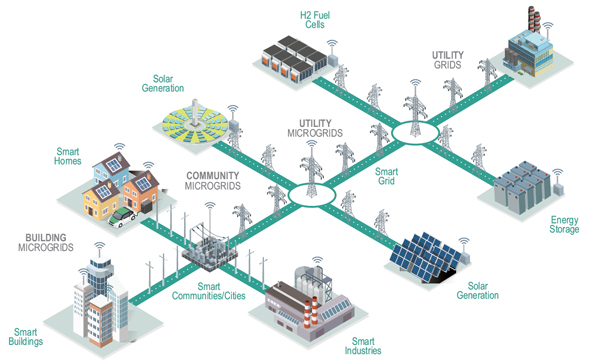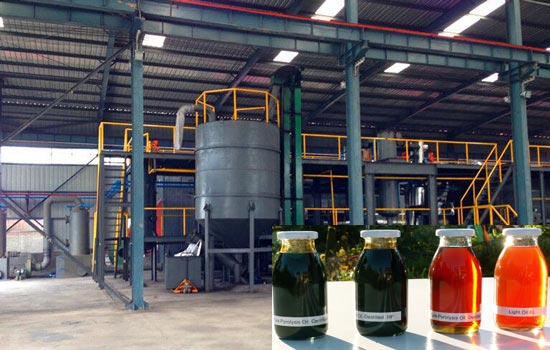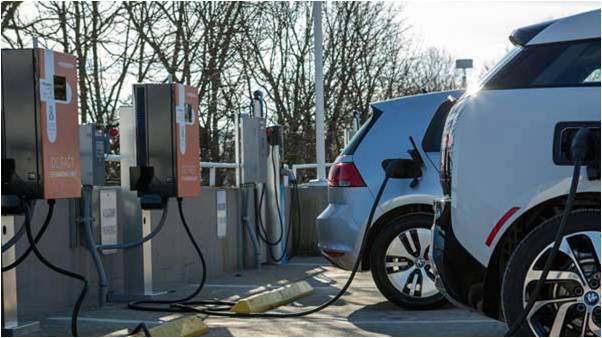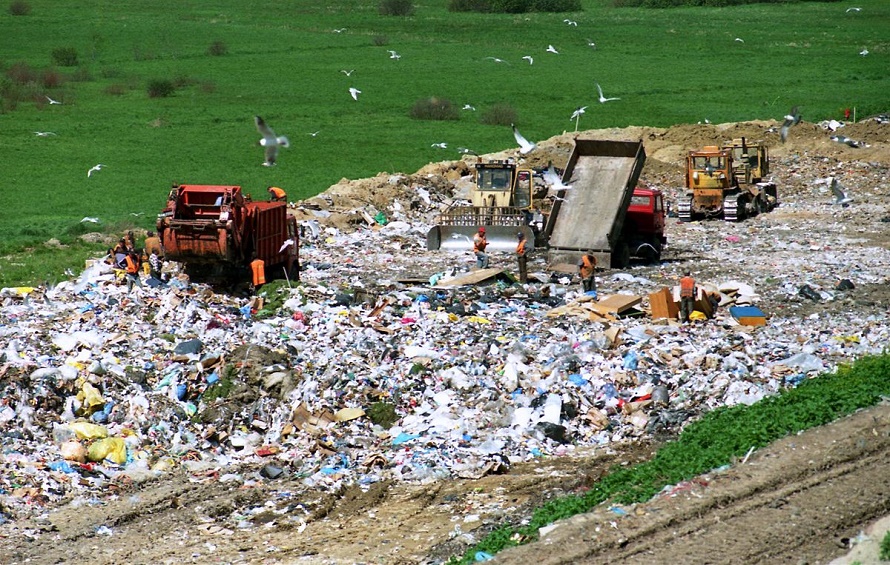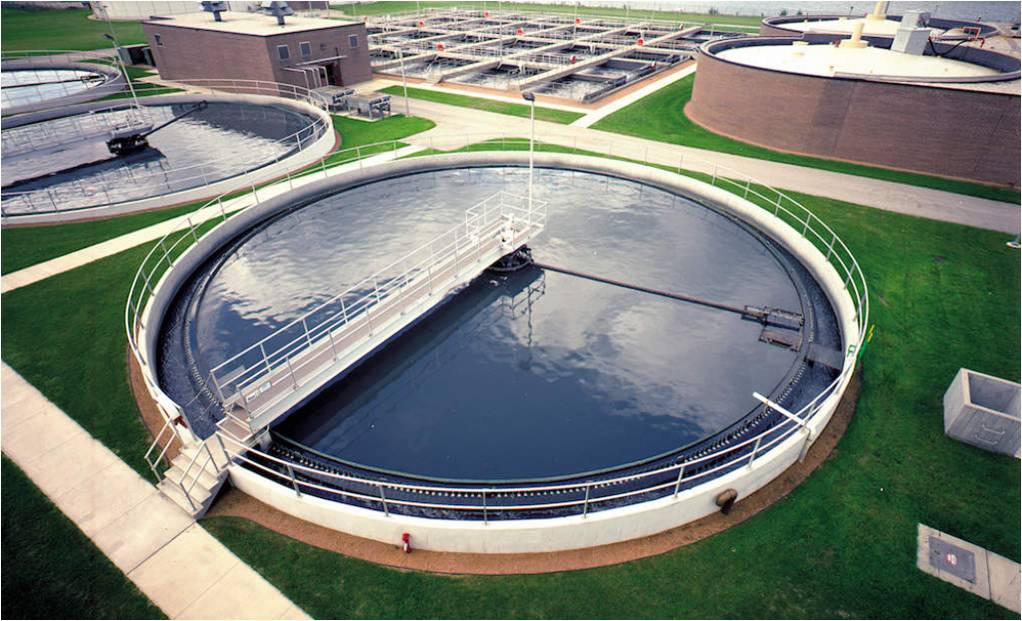The emerging technical, economic, political, policy and several other market factors pertaining to renewable energy sector in India, entails detailed evaluation is undertaken by investors keen in investing in India renewable energy growth story before committing investments. Attractiveness associated with investing in renewable energy in India varies from state to state and hence it is important to benchmark critical factors that make any market attractive or not so attractive for investments in renewable energy. InfraInsights through its research report “Renewable Energy Markets Competitiveness in India: Best States for Investment in Renewable Energy Sector in India” aims to provide investor community (PEs, VCs, Investment Banks, Project Financiers, Promoters, Banks, NBFCs, Companies) both in India and outside, a detailed benchmark of factors that differentiates state that leads in renewable energy investment vis-à-vis the laggards. The report will benchmark each state on 9 parameters and each of these parameters will be scored over a scale of 1 to 10 (1 = lowest, 10 = highest) for performance of renewable energy on respective parameters in the half year of the fiscal year in consideration and the projected performance for the same half year of the next fiscal year; first report will cover H2 FY23-24 and H1 FY24-25.
The intent is to provide one of its kind robust frameworks that will measure the development of Renewable Energy Market Competitiveness Intensity (REMCI) across different states of India that are witnessing traction and are likely to witness traction in terms of investment in renewable energy. The REMCI Index will reflect how attractive a particular renewable energy market in India is to new investor in terms of the competitive environment. RE-MCI framework will comprise of nine parameters grouped into three broad clusters: Market framework, Supply Market Maturity, Demand Market Maturity. Each of the nine parameters will be rated across the scale to allow for the comparison of distinct renewable energy markets seen in over 15 states in India. RE-MCI index will measure competitiveness of renewable markets over 15 states across North, South, West, East and North East.
How Renewable Energy – Market Competitiveness Intensity (RE-MCI) Framework will help? |
The RE-MCI Framework is designed in mind to help investors, financiers, developers, market regulators, traders, power exchanges gauge the market competitiveness of renewable energy market in a particular state from investment perspective both for existing or new market entrants.
Overall, the RE-MCI will be a great tool for companies that they can refer to when it comes to either taking an investment call or exit call from renewable energy market of a particular state or in terms of managing the overall renewable energy investment portfolio in India. This is brief about RE-MCI research that InfraInsights has conceived and a detailed flyer and table of content will be released soon. In order to ensure that we increase the utility of this research product for Industry, we want to hear from you on how we can further better this product for industry utility. The product will be a subscription product and half yearly update will be provided. Each state will have individual analysis module which will provide details on how the state compares with other states on a particular parameter within the three clusters i.e. (Market framework, Supply Market Maturity, Demand Market Maturity) |
|
|

We create value for our customers by amalgamating deep functional and energy industry expertise. Our solutions range from in depth research reports to advisory services enabling our customers with energy market insights to take informed decisions, grow and improve on their competitiveness.
Leveraging our breadth of geographical reach we provide solutions in entire energy value chain be it coal, power, oil and gas or renewable. We are a reliable and efficient source comprising of best in class talent pool which provides answer to all the challenges of the energy industry.



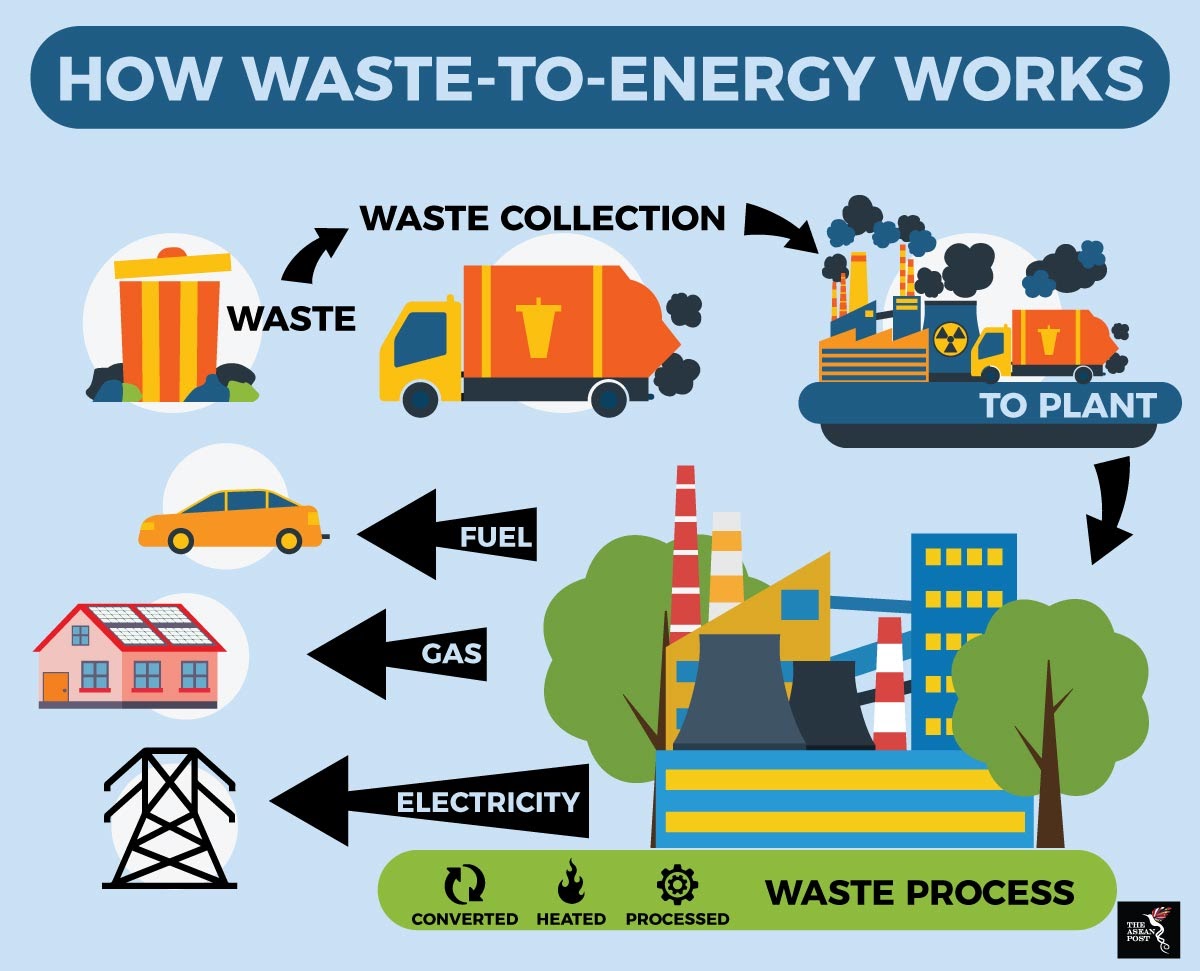
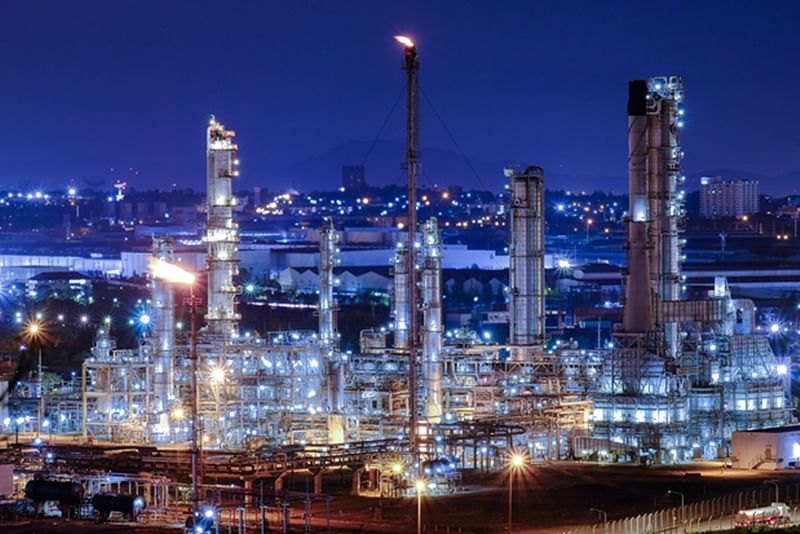
 We create value for our customers by amalgamating deep functional and energy industry expertise. Our solutions range from in depth research reports to advisory services enabling our customers with energy market insights to take informed decisions, grow and improve on their competitiveness.
Leveraging our breadth of geographical reach we provide solutions in entire energy value chain be it coal, power, oil and gas or renewable. We are a reliable and efficient source comprising of best in class talent pool which provides answer to all the challenges of the energy industry
We create value for our customers by amalgamating deep functional and energy industry expertise. Our solutions range from in depth research reports to advisory services enabling our customers with energy market insights to take informed decisions, grow and improve on their competitiveness.
Leveraging our breadth of geographical reach we provide solutions in entire energy value chain be it coal, power, oil and gas or renewable. We are a reliable and efficient source comprising of best in class talent pool which provides answer to all the challenges of the energy industry